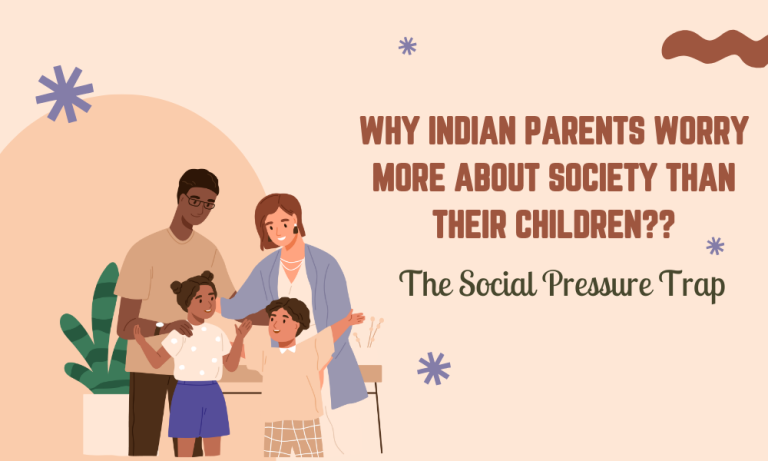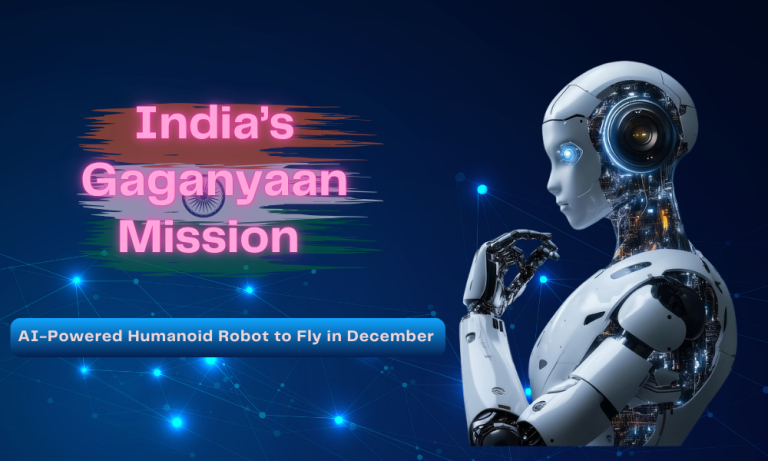The Future of Content Creation with Generative AI: Opportunities and Risks
Introduction
The rise of Artificial Intelligence (AI) has converted nearly every assiduity, and content creation is no exception. Among the most poignant AI technologies in recent times is Generative AI — a subset of AI that can produce textbook, images, audio, and indeed videotape content autonomously. Tools like ChatGPT, DALL · E, and Midjourney are formerly reshaping how pens, marketers, contrivers, and businesses approach content. While this technology offers enormous implicit, it also comes with essential pitfalls that must be considered.

What’s Generative AI?
Generative AI refers to artificial intelligence systems that can produce new content from being data patterns. Unlike traditional AI, which analyses or classifies information, generative AI creates content that can act mortal- suchlike creativity. exemplifications include
Text generation AI can draft papers, blog posts, marketing dupe, or indeed books.
Image generation AI can produce original plates, illustrations, or realistic prints from textual prompts.
Audio and videotape AI can synthesize music, voices, and indeed deepfake vids.
The foundation of generative AI lies in large language models (LLMs) and advanced neural networks trained on vast datasets. These models learn patterns of language, tone, and style, enabling them to induce coherent and contextually applicable labours.
Openings of Generative AI in Content Creation
Generative AI offers multitudinous benefits for content generators, businesses, and marketers. Then are some crucial openings
- Increased Productivity and Efficiency
One of the most significant advantages of generative AI is its capability to produce content fleetly. pens, marketers, and contrivers can induce drafts in twinkles rather of hours or days. This speed helps businesses maintain harmonious happy affair without overloading mortal brigades.
- Cost-Effective Content product
Hiring professional pens, contrivers, or videotape editors for every design can be precious. Generative AI reduces costs by automating repetitious content creation tasks, similar as blog jotting, social media posts, and dispatch juggernauts. Small businesses and startups profit greatly from this affordability.
- Personalization at Scale
AI can dissect followership data and induce happy acclimatized to specific parts. For illustration, substantiated dispatch juggernauts or social media posts can be created automatically for different demographics, enhancing engagement and conversion rates.
- Creative backing
Generative AI is a precious creative mate. It can give idea suggestions, write story drafts, produce visual generalities, or trial with styles that humans may not consider. This can spark new creative directions and invention in content marketing, advertising, and media product.
- Multilingual Content Creation
With AI, businesses can produce content in multiple languages snappily and directly, reaching transnational cult without the cost of hiring translators or language specialists. This opens new requests and increases availability.
- Enhanced literacy and exploration
Generative AI tools can epitomize large datasets, induce reports, and give perceptivity, helping pens and experimenters concentrate on advanced- position analysis rather than tedious data collection.
Dangers of Generative AI in Content Creation
Despite its advantages, generative AI comes with significant pitfalls that generators and associations must be apprehensive of
- Misinformation and Fake Content
Generative AI can produce content that’s factually incorrect or deceiving. This is particularly concerning in news, health, and fiscal diligence, where inaccurate AI- generated content can beget reputational damage or legal issues.
- Loss of Human Creativity
While AI can help in creativity, overreliance may stifle original mortal ideas. pens and contrivers may begin to follow AI- generated patterns rather than develop their unique voice, leading to homogenized content.
- Ethical enterprises
Generative AI can be used immorally, similar as creating deepfake vids, manipulated images, or reproduced textbook. This raises ethical questions around concurrence, brand, and intellectual property.
- Quality Control
AI- generated content may warrant nuance, tone, or artistic perceptivity, taking mortal oversight. Without proper review, content may inadvertently offend cult or miscommunicate ideas.
- Dependence on Technology
Businesses counting heavily on AI threat overdependence. System failures, impulses in training data, or incorrect AI labours can disrupt workflows, pressing the need for mortal supervision.
- Data sequestration and Security
Generative AI tools frequently bear access to large datasets, including sensitive or particular information. indecorous running of data can lead to breaches, sequestration violations, and nonsupervisory complications.

Stylish Practices for Using Generative AI in Content Creation
To work generative AI effectively while minimizing pitfalls, consider these strategies
Human Oversight Always review AI- generated content for delicacy, tone, and compliance.
Use Ethical AI Choose tools that follow responsible AI practices and respect brand.
Combine AI with Human Creativity Use AI as a support tool rather than a relief for mortal creativity.
Fact- Check Information Especially for papers, reports, and educational content, corroborate all AI- generated information.
Educate brigades Train staff on AI capabilities, limitations, and stylish practices to insure responsible use.
Diversify Sources Avoid counting on a single AI tool or dataset to reduce bias and insure happy quality.
Future of Generative AI in Content Creation
The future of generative AI in content creation is promising and transformative. Some anticipated trends include
AI Collaboration pens, contrivers, and marketers working alongside AI as creative mates.
hyperactive-individualized Marketing AI generating content acclimatized to individual consumer gets.
Cross-Media Content AI producing cohesive juggernauts across textbook, videotape, and social media platforms.
Improved Accuracy Future AI models will produce further factual and contextually apprehensive content.
AI Ethics and Regulations Governments and associations will probably establish clearer guidelines to help abuse.
Conclusion
Generative AI is reconsidering the way content is created, offering unknown openings for effectiveness, personalization, and creativity. From businesses seeking briskly marketing content to pens exploring new creative ideas, the eventuality is immense. still, these openings come with pitfalls similar as misinformation, loss of mortal creativity, ethical enterprises, and data sequestration issues.
For content generators, the key lies in striking a balance — using AI’s capabilities while maintaining mortal oversight, creativity, and ethical responsibility. By doing so, generative AI can come a important tool that enhances happy quality, reduces trouble, and opens new avenues for invention.
In 2025 and further, generative Asi’ll continue to evolve, shaping the future of content creation in ways that are both instigative and gruelling. For pens, marketers, and businesses, embracing this technology responsibly is not just an option it’s a necessity.
About the Author
Hemangi is a content writer with experience in business writing, strategy, and professional storytelling.













